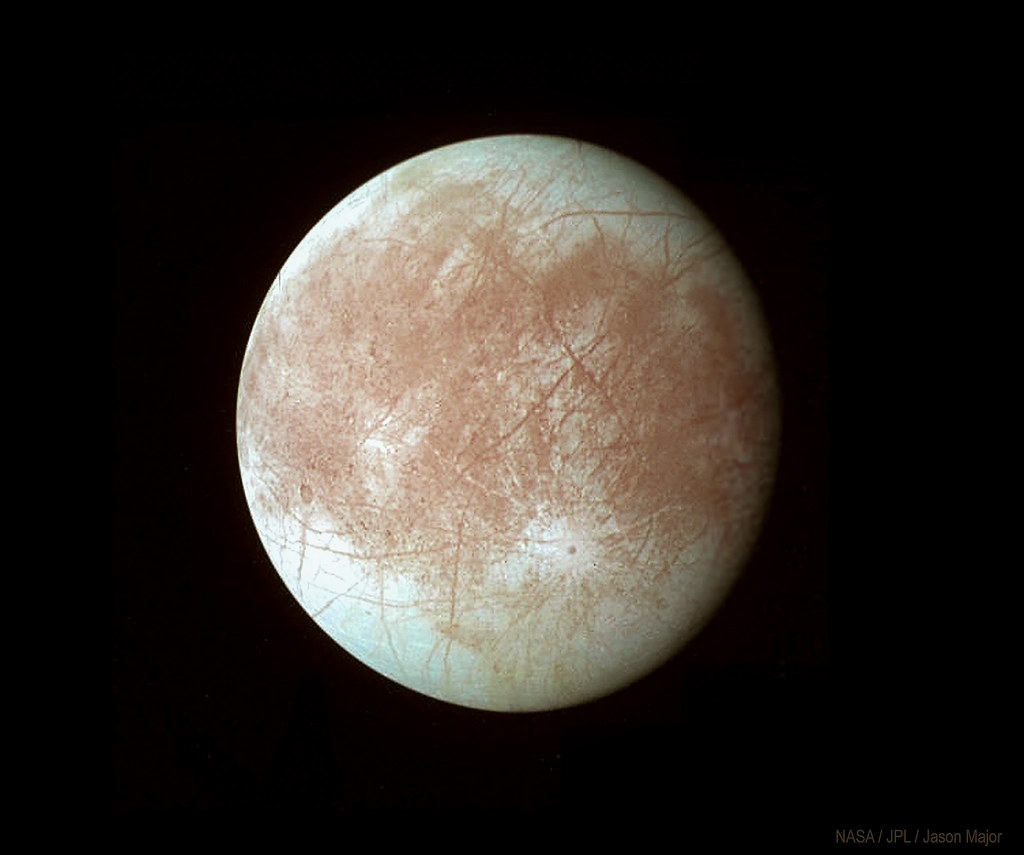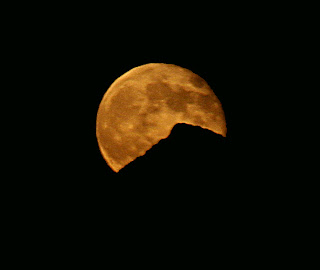For all I know, the dinosaurs did apparently not have much interest in looking at the sky. Also, they did not seem to have any capability that would have led them to plan ahead in detail. The major part of their activities likely were to hunt down other species for food. It was a successful life philosophy; dinosaurs were wide-spread on Earth for more than 200 million years. Among their hunted, there were some which fed milk to their offspring, the mammals. Because they were quite small, mammals would have been an easy target for the dinosaurs. Probably because they were under almost constant threats, mammal species evolved into various types, and because they were much threatened, many likely built their living quarters in protective places. They would have to have been acutely aware of their surroundings, both on the ground, and above and below. Anticipation of danger would have been an important characteristic. Altogether, mammals would have become very flexible, in order to stay alive.
These two different "philosophies of life" eventually cost the dinosaurs their existence, except for one or two who became the ancestors of our current species of birds. The mammals' approach to living insured the survival of at least some primate-like mammalian species. The main cause for this turn of events was very likely the impact of an extremely large meteorite, which 66 million years ago or so caused world-wide destruction of plants and animals on land, in oceans and lakes, and also caused extreme changes in the atmosphere. The Chicxulub crater located on the Golf of Mexico's Yucatán peninsula is believed to be the remnant of this catastrophic event.
Some primate species turned into the human line about 3 million or so years ago and today, we are spread around the world. Our "smarts" have increased to an amazing level (although I wonder sometimes, considering the current political conditions, and the disregard for past warnings of a major climate change ahead). The most impressive aspect for me is our capability to travel in space.
As a prime requisite this requires technologies to obtain a very accurate knowledge of the effects of gravity, astronomical distances, and ongoing precise measurements and observations, the mathematics to precisely calculate orbits, and intense observations of the space environment. If we want to avoid another Chicxulub, then among these ongoing activities is the necessity of looking out for large Near Earth Objects, whose orbit might lead them to a serious collision with the Earth. Fortunately, a fair number of organizations do this; NASA is leading the way. We also need to build up the capability to alter the orbit of any such threatening object, so that it will bypass us.
The first test to alter the orbit of an NEO has already been completed successfully. NASA put out a press release about its Double Asteroid Redirection Test, an attempt to hit the "moon" of NEO Didymos, called Dimorphos.
Here is an excerpt from the press release:
“All of us have a responsibility to protect our home planet. After all, it’s the only one we have,” said NASA Administrator Bill Nelson. “This mission shows that NASA is trying to be ready for whatever the universe throws at us. NASA has proven we are serious as a defender of the planet. This is a watershed moment for planetary defense and all of humanity, demonstrating commitment from NASA's exceptional team and partners from around the world.”
Prior to DART’s impact, it took Dimorphos 11 hours and 55 minutes to orbit its larger parent asteroid, Didymos. Since DART’s intentional collision with Dimorphos on Sept. 26, astronomers have been using telescopes on Earth to measure how much that time has changed. Now, the investigation team has confirmed the spacecraft’s impact altered Dimorphos’ orbit around Didymos by 32 minutes, shortening the 11 hour and 55-minute orbit to 11 hours and 23 minutes. This measurement has a margin of uncertainty of approximately plus or minus 2 minutes.
Before its encounter, NASA had defined a minimum successful orbit period change of Dimorphos as change of 73 seconds or more. This early data show DART surpassed this minimum benchmark by more than 25 times.
This imagery from NASA’s Hubble Space Telescope from Oct. 8, 2022, shows the debris blasted from the surface of Dimorphos 285 hours after the asteroid was intentionally impacted by NASA’s DART spacecraft on Sept. 26. The shape of that tail has changed over time. Scientists are continuing to study this material and how it moves in space, in order to better understand the asteroid.







